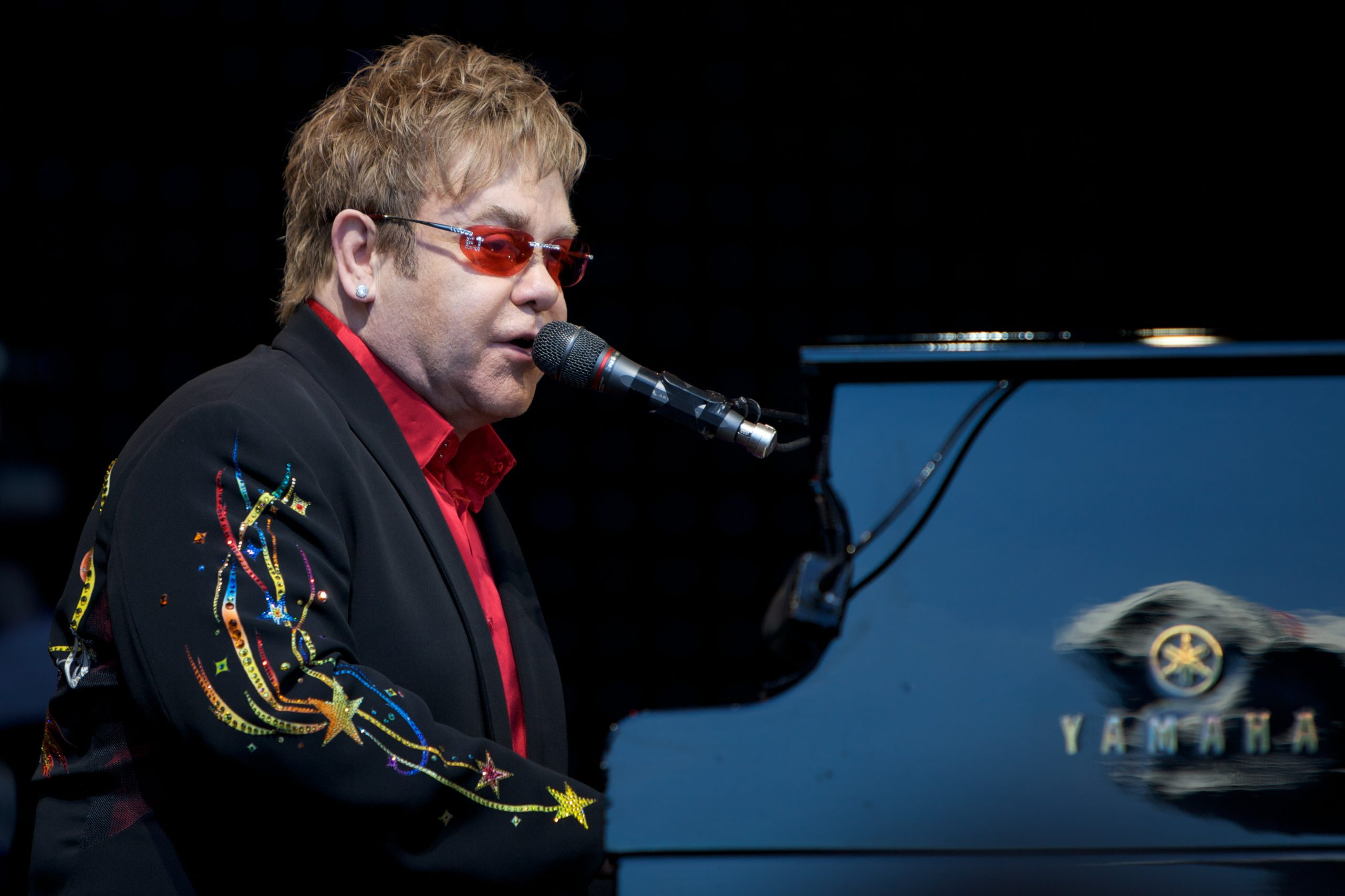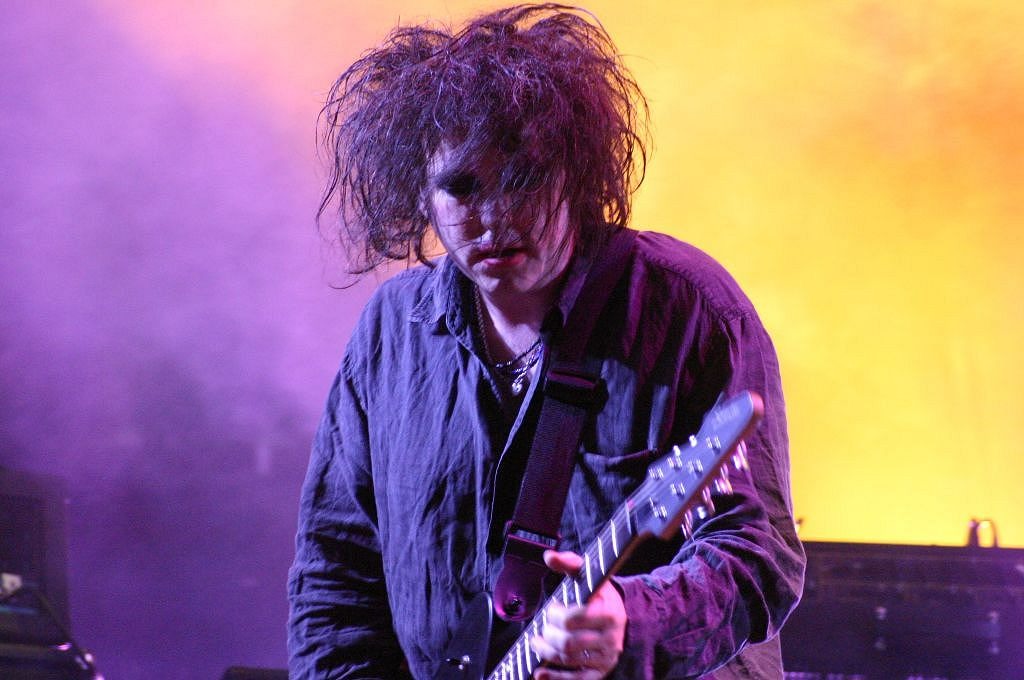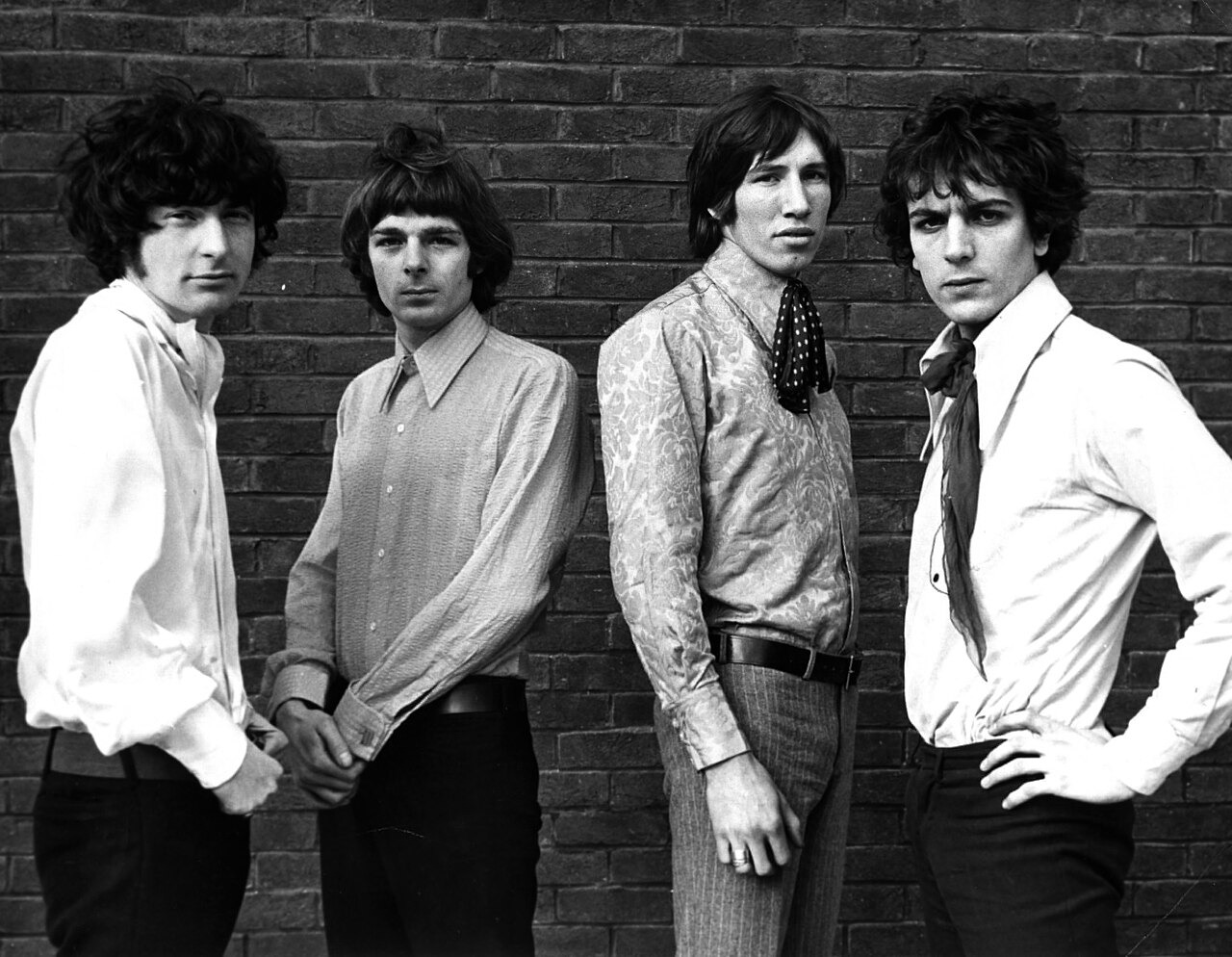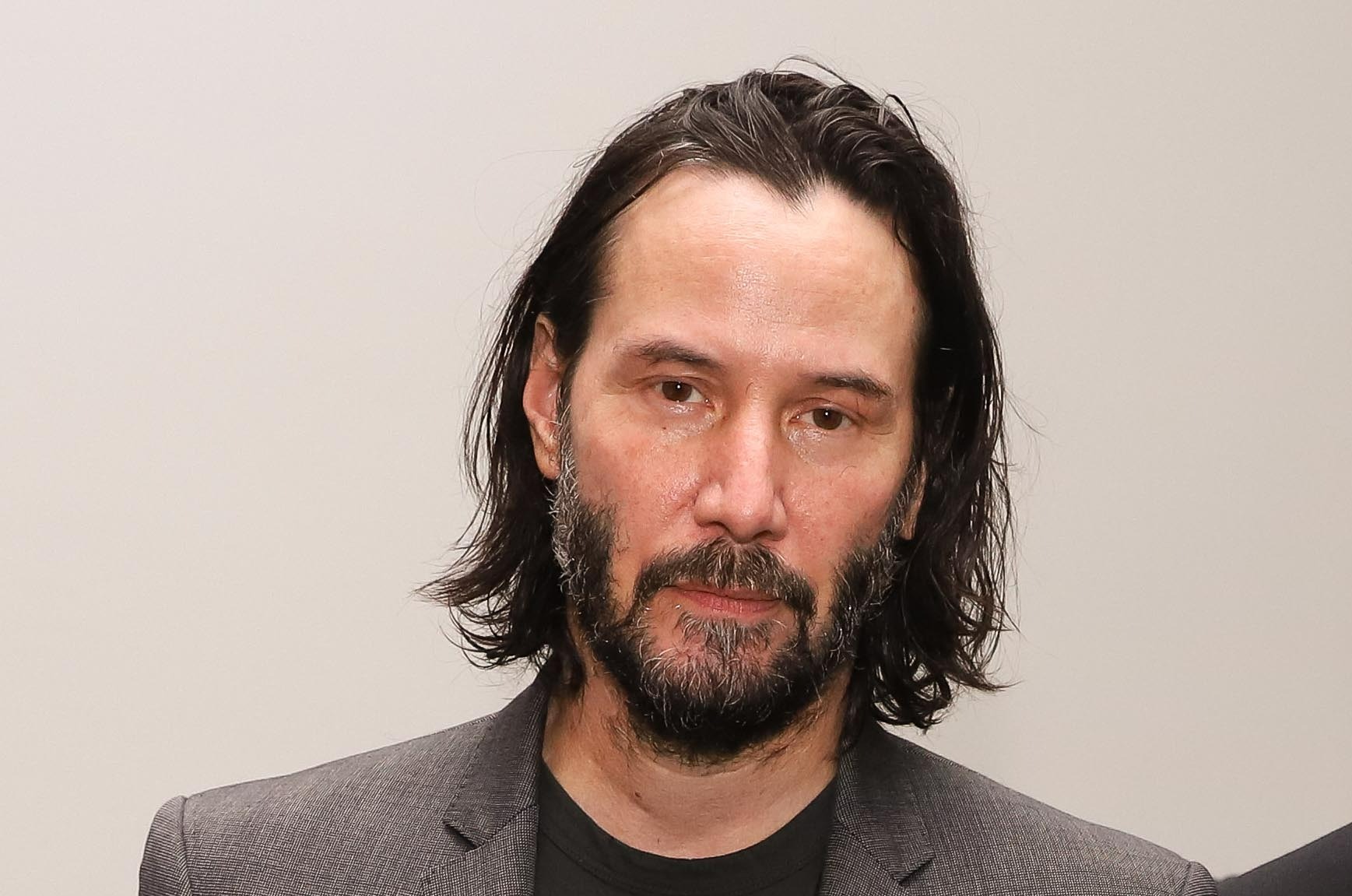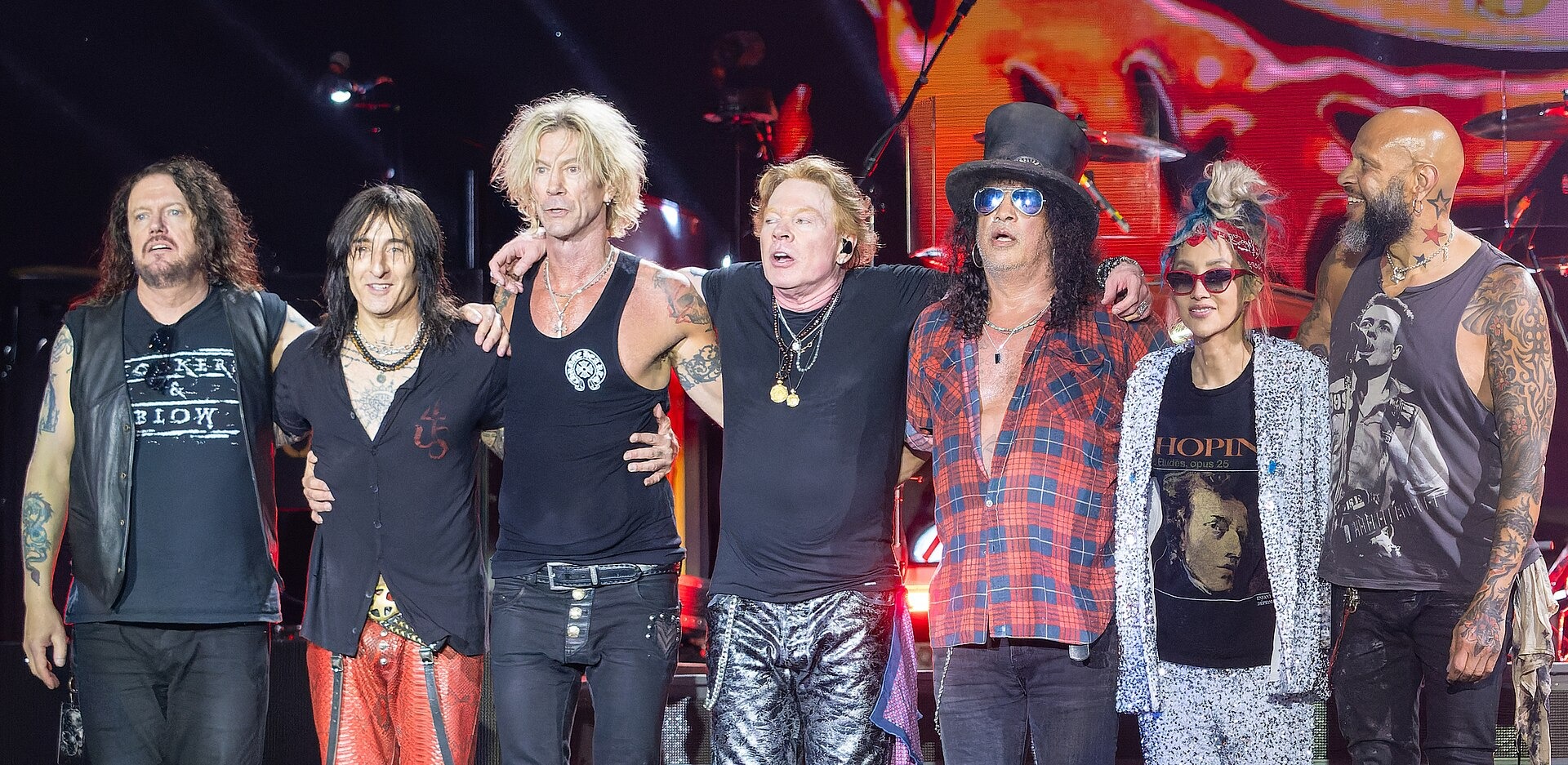Peak 1980s celebrity culture demanded impossible spectacle from its superstars. While Madonna reinvented herself quarterly and Prince built Paisley Park as his creative fortress, Elton John maintained his trademark excess through a different kind of endurance test: relentless touring that pushed his voice beyond human limits. By 1986, the cost of keeping the Rocket Man airborne was about to ground him permanently.
The Voice That Launched a Thousand Sequined Jackets
Australia became the stage for Elton’s most terrifying performance challenge.
Throughout his 1986 Australian tour, Elton faced every performer’s nightmare. “Whenever I opened my mouth onstage, I had absolutely no idea what was going to happen,” he later recalled. His voice—the instrument that had powered decades of sold-out arenas—was betraying him nightly. Medical examination revealed non-cancerous polyps on his vocal cords. These growths threatened to end his career entirely. Yet he kept performing, his voice increasingly raspy, each note a calculated risk.
Surgery in Sydney, Silence in Recovery
Dr. John Tonkin’s January 1987 operation changed everything about Elton’s sound.
Emergency surgery in Sydney removed the vocal cord growths but transformed Elton’s instrument forever. His post-recovery voice emerged deeper and more powerful, with less range but greater emotional weight. Cancer rumors swirled until medical confirmation put fears to rest—the operation was successful, and there was no malignancy. However, the Elton John who entered that Sydney operating room wasn’t the same one who emerged weeks later.
Finding Truth in the Wreckage
Crisis became an artistic breakthrough through damaged but honest performances.
Something profound shifted during those final compromised performances. The theatrical showman was discovering raw authenticity through physical limitation. His voice couldn’t soar anymore, so it learned to cut deeper instead. According to widely reported observations from the tour, these damaged performances carried unexpected emotional weight. The crisis forced Elton to confront his limits as both human and artist. Those who paid the ultimate price for fame understood this crossroads.
The Phoenix Wore Fewer Feathers
This health crisis launched Elton’s journey toward sobriety and artistic renaissance.
Though full sobriety wouldn’t arrive until 1989, Elton later credited this vocal breakdown as his crucial turning point. The ordeal forced him to confront his limits as both human and artist. Those “firestorm” nights in Australia, where he chose vulnerability over cancellation, ultimately saved him. The voice that returned was smaller but honest—and it would carry him through decades of more meaningful work ahead.


